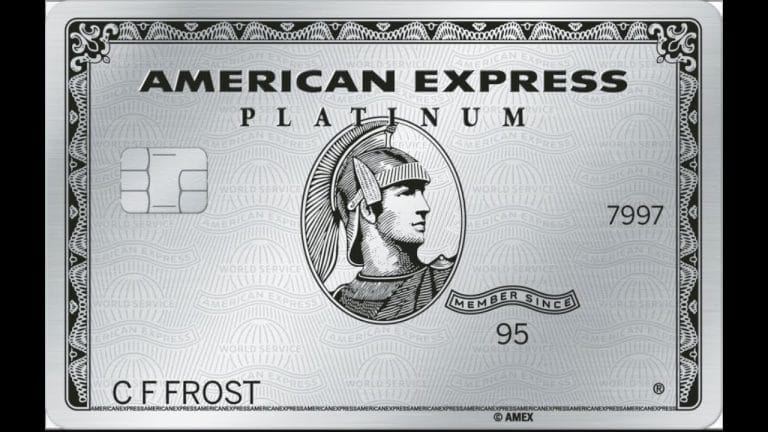Introduction
American Express (AmEx) has grown from a modest 19th-century express delivery service into one of the world’s most iconic financial and lifestyle brands. Known for its premium services and customer-focused approach, American Express represents much more than a payment method. This case study explores the company’s journey from launching its first charge card to becoming a global lifestyle brand, highlighting its innovations, challenges, and strategies that have shaped its legacy.
The Founding of American Express
Origins in the 19th Century
American Express was founded in 1850 in Buffalo, New York, by Henry Wells, William Fargo, and John Butterfield. Initially established as an express mail service, the company focused on delivering valuable parcels and documents securely and quickly. With a reputation for reliability, AmEx became a preferred choice for businesses and individuals requiring trustworthy services.
Transition to Financial Services
In the late 19th century, American Express introduced money orders, providing a safe and convenient alternative to cash. By the early 20th century, the company had ventured into financial services with traveler’s cheques, revolutionizing the way people managed money while traveling. This innovation set the stage for its entry into payment cards and solidified its customer loyalty.
Introduction of the Charge Card
The Launch of the Charge Card in 1958
American Express debuted its first charge card in 1958, aiming to capture a share of the burgeoning payment card market. Unlike traditional credit cards, AmEx charge cards required customers to pay their balance in full each month, positioning the product as a symbol of financial discipline and prestige.
Features and Benefits of the Original Card
The AmEx charge card offered no preset spending limit, appealing to affluent individuals and businesses. Its focus on exclusivity, combined with superior customer service, created a unique identity that differentiated it from competitors like Visa and Mastercard.
Customer-Centric Approach
American Express built its reputation by catering to high-income individuals. From personalized travel services to dedicated customer support, the brand ensured its cardholders felt valued. This focus on exclusivity helped establish AmEx as a premium brand synonymous with trust and luxury.
Expansion into a Global Financial Brand
Diversification of Services
By the 1980s, American Express expanded its offerings to include credit cards, traveler’s cheques, and financial management services. This diversification allowed the company to cater to a broader audience while maintaining its premium image.
Going International
AmEx began its global expansion in the mid-20th century, forging partnerships with banks and financial institutions in Europe, Asia, and other regions. This move allowed the brand to serve international travelers and businesses, further strengthening its presence in the global market.
The Rise of Membership Rewards
In 1991, American Express introduced its Membership Rewards program, one of the first points-based loyalty systems in the financial industry. This innovation encouraged cardholders to spend more, offering them rewards redeemable for travel, merchandise, and exclusive experiences.
Rebranding as a Lifestyle Brand
Shifting Focus to Experiences
Recognizing the growing demand for experiential services, AmEx shifted its focus from merely being a financial services provider to becoming a lifestyle brand. Exclusive events, concierge services, and partnerships with luxury brands became integral to its offerings.
Digital Transformation
Embracing technology, American Express launched mobile apps and online platforms that enhanced user experiences. From instant fraud alerts to seamless rewards redemption, these innovations helped modernize the brand while maintaining its core values.
Advertising Campaigns and Brand Identity
American Express’s advertising campaigns, such as “Don’t Leave Home Without It,” left a lasting impression on consumers. The “Membership Has Its Privileges” campaign further reinforced the brand’s exclusivity, highlighting the unique benefits of being an AmEx cardholder.
Competitive Landscape and Challenges
Competition with Visa and Mastercard
American Express has always stood apart from competitors like Visa and Mastercard by focusing on premium services. While Visa and Mastercard primarily act as payment processors, American Express serves as both the issuer and processor for its cards. This vertical integration allows AmEx to have complete control over customer experience but also limits its merchant acceptance due to higher processing fees. Competing against the wider acceptance of Visa and Mastercard has been a persistent challenge for the brand.
Adapting to Changing Consumer Preferences
With the rise of Millennials and Gen Z as key consumer demographics, American Express has had to rethink its strategies. Younger customers demand more flexibility, lower fees, and modern features like cashback and cryptocurrency rewards. AmEx responded by introducing cards with tailored benefits, like no annual fees or exclusive digital rewards, and by increasing its focus on fintech partnerships to appeal to these tech-savvy consumers.
Regulatory and Economic Challenges
Like all financial institutions, American Express faces stringent regulatory requirements. Global financial crises, such as the 2008 recession, tested its resilience. Despite these challenges, the company managed to adapt by restructuring its services and introducing customer-friendly policies. For example, during the COVID-19 pandemic, AmEx waived fees and provided flexible payment options to support struggling customers.
The Present and Future of American Express
American Express Today
Today, American Express offers a wide range of products, from charge cards and credit cards to travel services and business solutions. It has a strong presence in over 100 countries and remains a leader in premium financial services. Its focus on customer loyalty and innovation continues to set it apart in the competitive landscape.
Sustainability and Corporate Responsibility
American Express is also committed to sustainability and corporate responsibility. The company has launched several initiatives to reduce its carbon footprint, including carbon-neutral operations and the introduction of eco-friendly cards made from recycled materials. Its philanthropic efforts focus on supporting small businesses, education, and environmental conservation.
Vision for the Future
As the financial world evolves, American Express is investing in fintech innovations, such as artificial intelligence for fraud detection and blockchain technology for secure transactions. The brand aims to enhance its digital offerings while continuing to deliver the personalized experiences that define its identity.
Conclusion
American Express’s journey from a humble express mail company to a global lifestyle brand is a testament to its ability to adapt, innovate, and stay ahead of trends. By focusing on customer-centricity, exclusivity, and technological advancement, the company has built a legacy that resonates with millions of consumers worldwide. Its transformation offers valuable lessons for businesses looking to navigate change and remain relevant in competitive markets.




